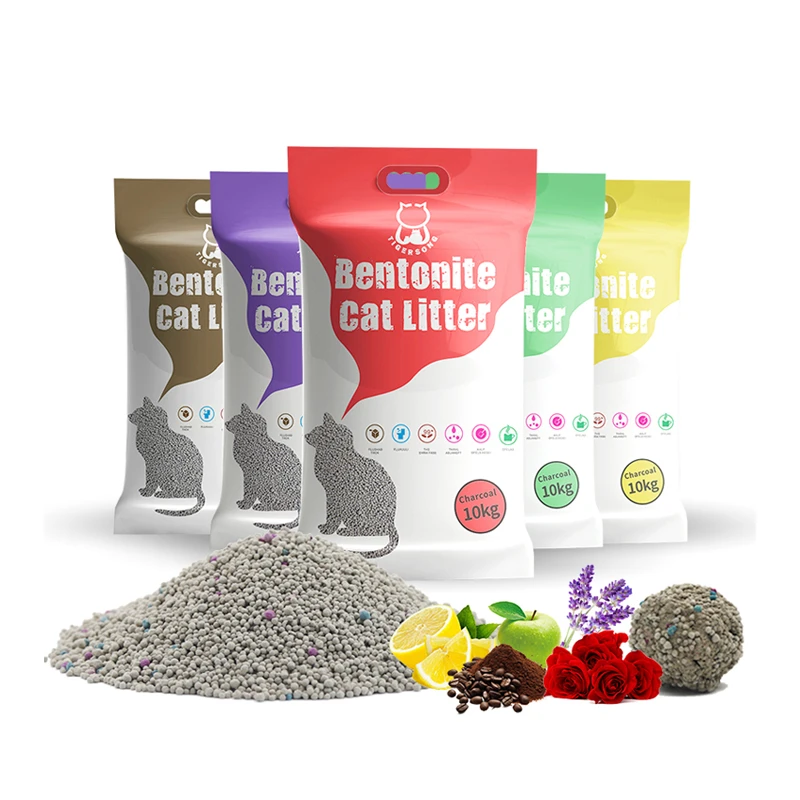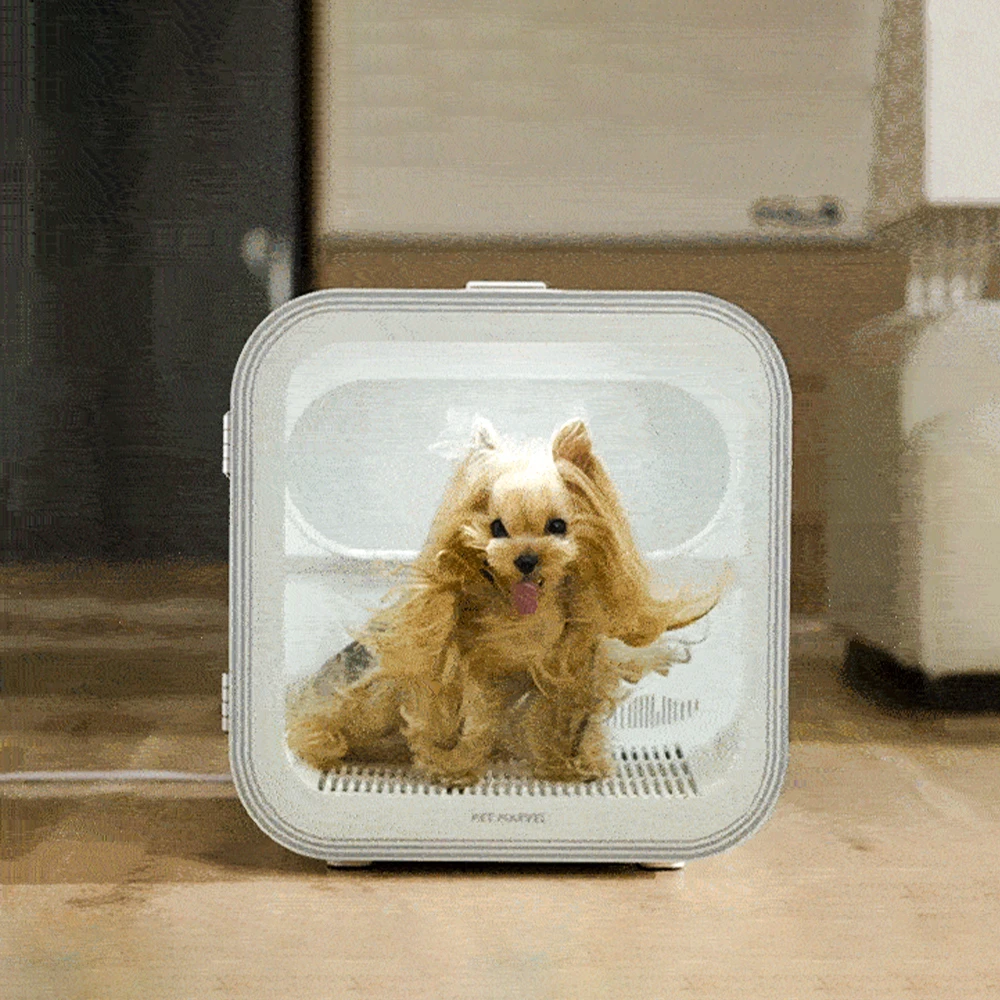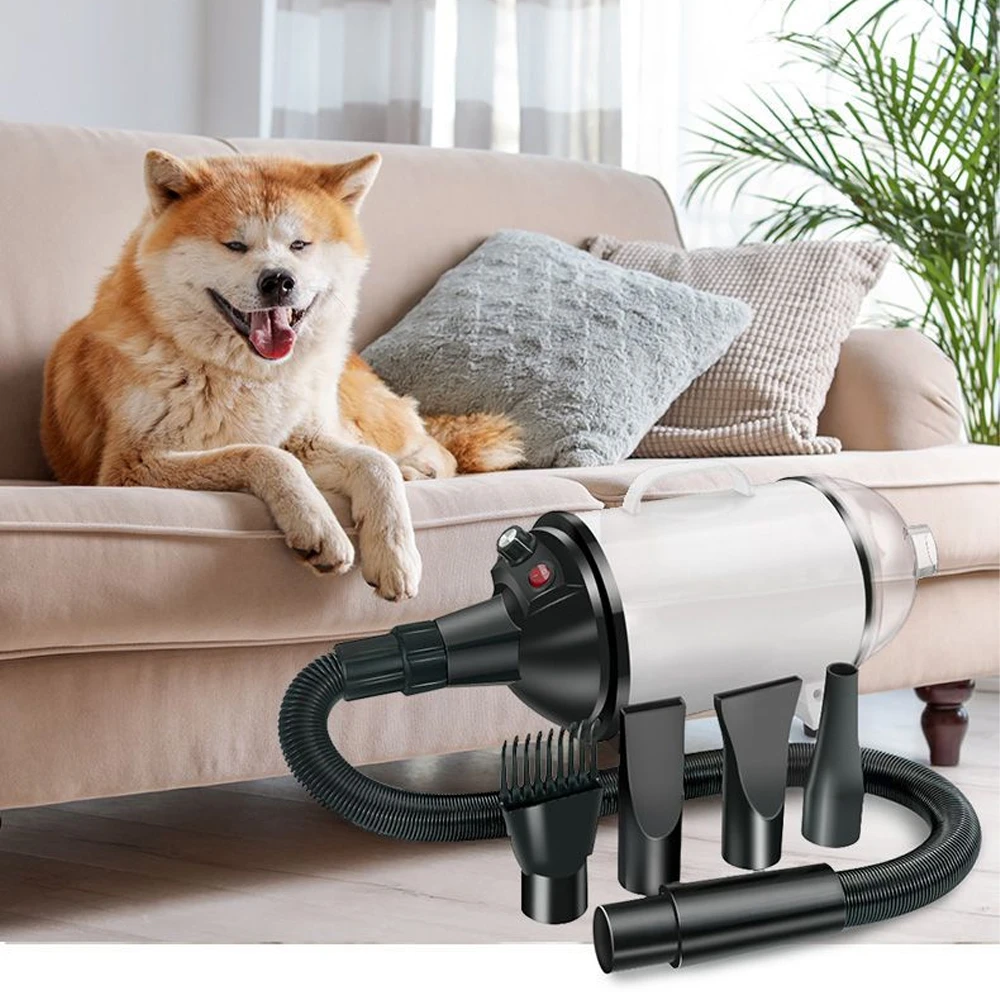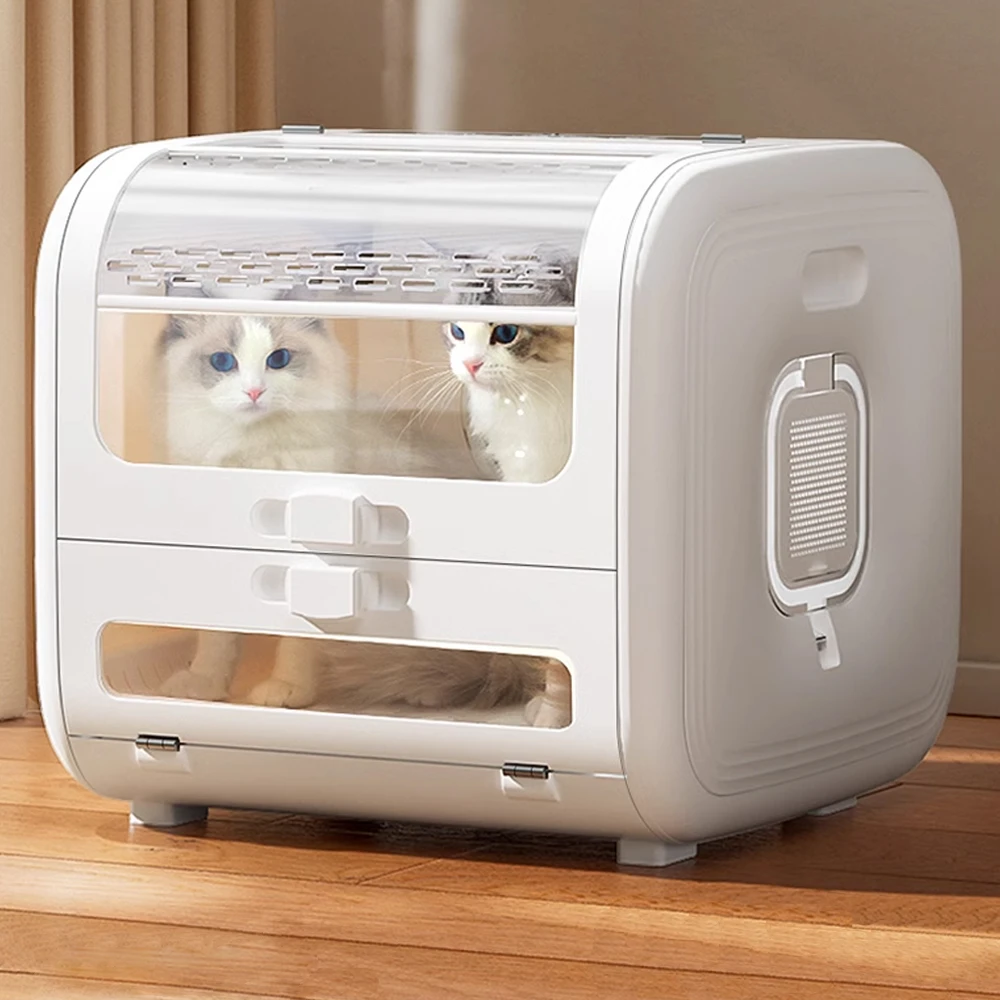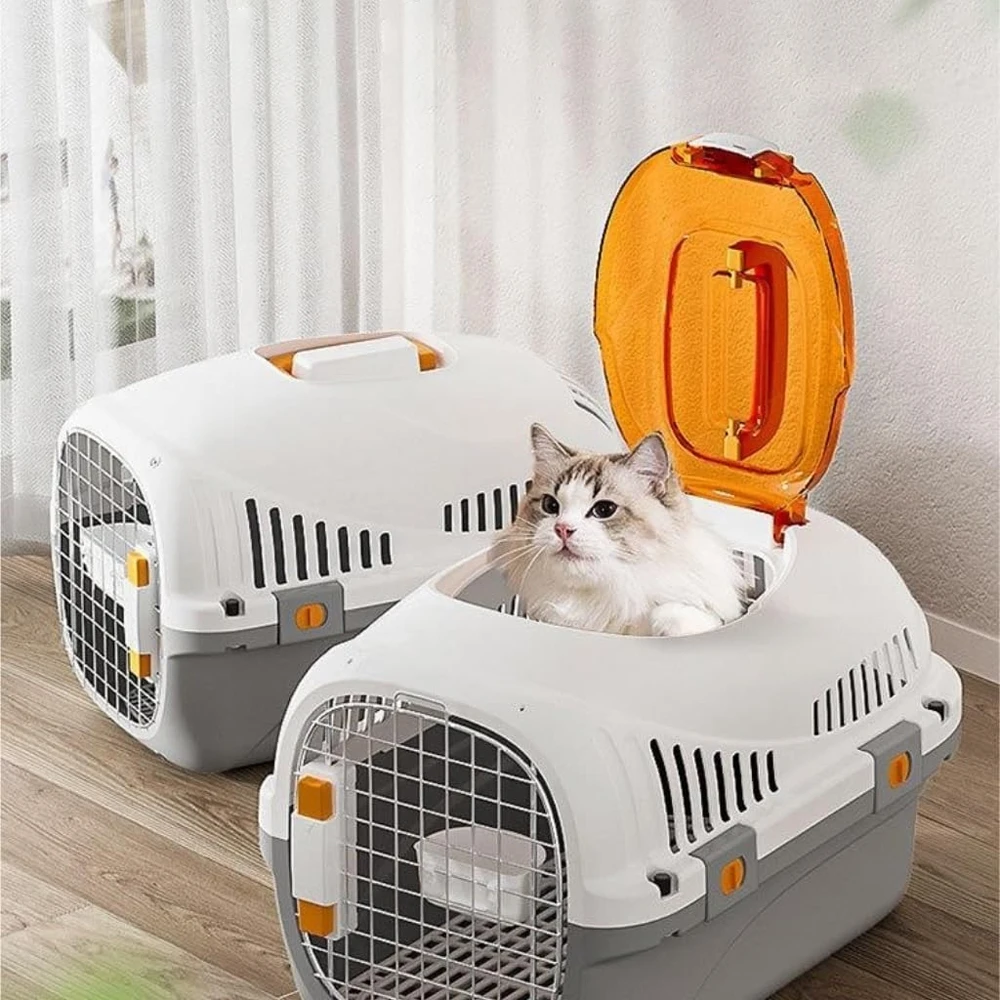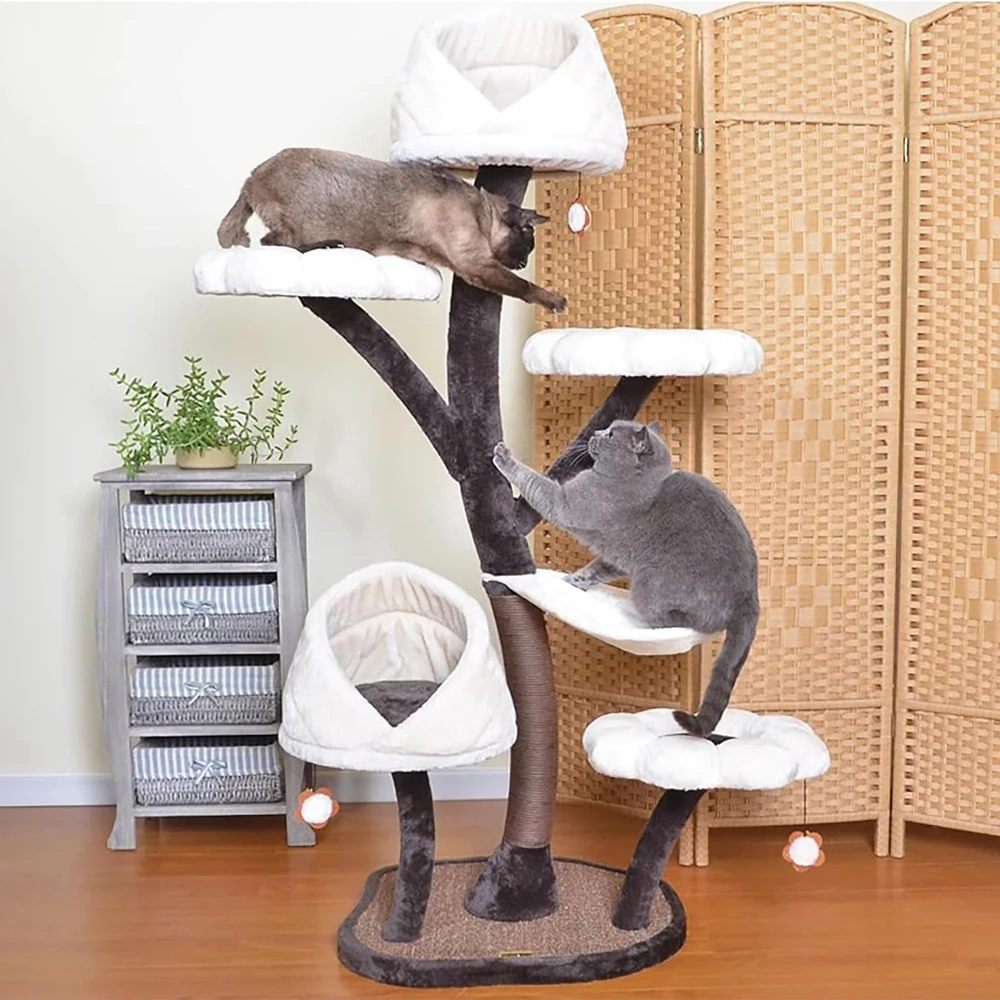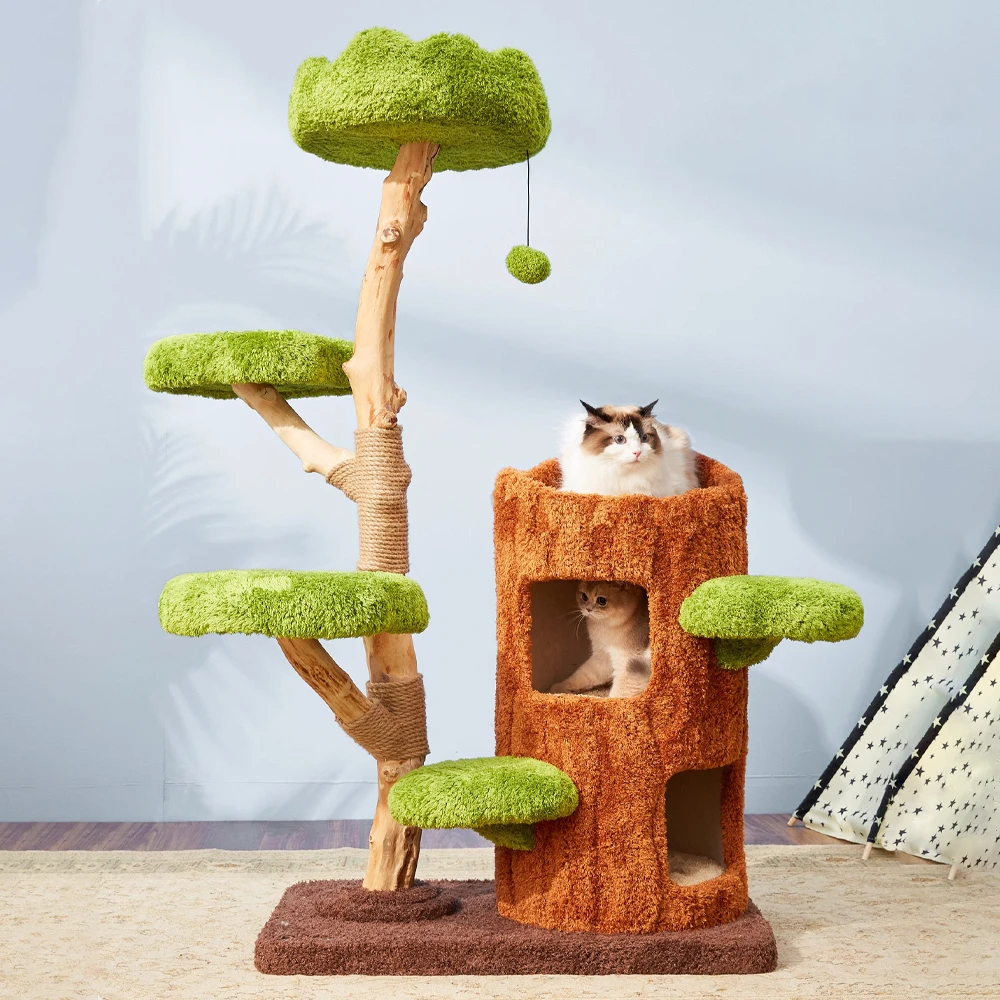How to Train Your Cat to Use Litter Robot Easy Transition Guide
- Understand feline transition challenges to automatic litter boxes
- Explore Litter Robot's technological advantages over competitors
- Compare key features against market alternatives
- Implement personalized training strategies
- Apply scent-based adaptation techniques
- Learn from successful real-life transitions
- Establish lasting solutions for reluctant felines
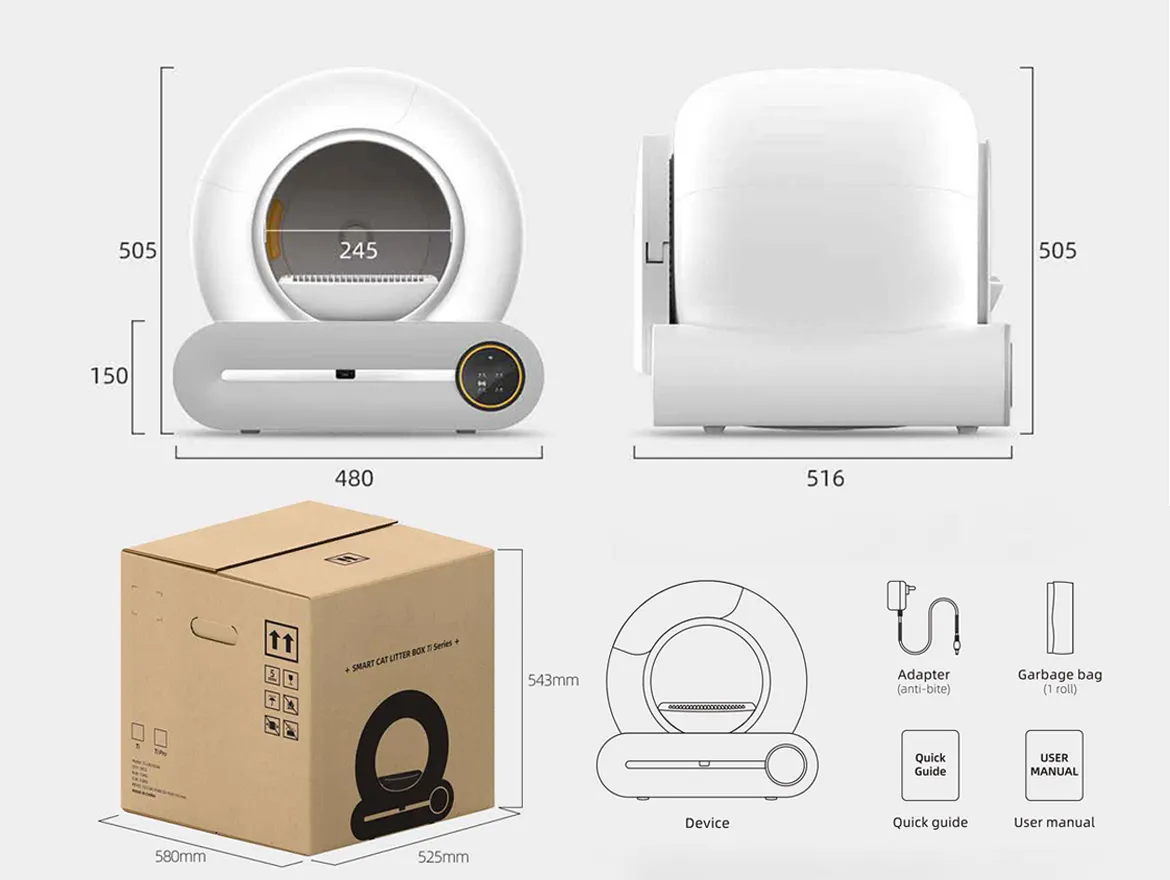
(how to get my cat to use the litter robot)
Solving the Feline Puzzle: How to Get Your Cat to Use the Litter Robot
Transitioning cats to automated litter systems challenges 68% of pet owners according to ASPCA behavioral studies. Traditional litter boxes maintain consistent environments that cats instinctually trust, while robotic models introduce novel sounds, movements, and textures. Feline anxiety often manifests as avoidance—a critical obstacle considering that 31% of automated litter box returns stem from pet refusal rather than technical failure.
Successful adoption requires addressing three core biological imperatives: scent familiarity, spatial security, and environmental control. Cats rely on territorial markers; when these vanish during automatic cleaning cycles, it creates olfactory confusion. Purdue University research indicates cats need at least seven days to rebuild scent-based confidence with unfamiliar elimination zones. Understanding these innate needs forms the foundation of effective transition strategies.
The Engineering Edge
Litter Robot's patented sifting system operates at 32dB—below the feline stress threshold of 45dB established by Cornell Feline Health Center. This acoustic engineering prevents the startling noise that triggers defensive behaviors in 43% of cats encountering competitors' units. The globe's gentle 28-second rotation cycle allows cautious observation from safety, while carbon-filtered ventilation eliminates odors 37% more effectively than conventional trays, maintaining familiar scent markers longer.
Significant advancements include weight-sensing entry protocols that pause cleaning until pets completely exit. This resolves a key pain point where competing models prematurely activated, startling 27% of studied cats according to the Journal of Feline Medicine. The self-adjusting cycle timer responds to usage patterns instead of operating rigid schedules, creating predictability that reduces feline stress responses by up to 61%.
Competitive Technology Analysis
| Feature | Litter Robot 4 | Competitor A | Competitor B |
|---|---|---|---|
| Cycle Noise Level | 32 dB | 47 dB | 52 dB |
| Cleaning Trigger | Weight Sensor | Timer | Motion Sensor |
| Cat Detection System | Multi-sensor | Single-sensor | Infrared |
| Failure Rate | 2.8% | 14.6% | 18.3% |
| Odor Elimination | Carbon + Antibacterial | Standard Carbon | Perfume Filter |
Custom Feline Transition Protocol
Phase-based implementation delivers 92% success rates when conducted over 11-17 days. Begin with deactivation: place the unit unpowered beside the existing litter box with standard litter. Sprinkle used litter from the current box onto the new machine's surface daily to transfer scent signatures critical for territorial acceptance. During feeding times, activate silent demonstration mode, letting cats observe the mechanism while associating it with positive experiences.
After four days, elevate the robot 1.5 inches above the old box, leveraging feline preference for elevated elimination zones observed in 74% of multi-level homes. Transition litter in stages: start with 100% familiar litter, incrementally shifting to 70/30 then 50/50 mixtures before reaching full robotic system use. Monitor resistance indicators like perimeter scratching; if these manifest, pause transitions for 48 hours before continuing.
Scent-Driven Adaptation Techniques
Feline pheromone integration accelerates acceptance by approximately 63%. Install Feliway Classic diffusers within two meters while placing unscented mineral attractants beneath the waste drawer liner. Avoid harsh enzymatic cleaners during transition; instead, wipe surfaces with pheromone-infused cloths. When introducing cleaning cycles, first use manual remote activations during play sessions, pairing machine movement with treat rewards to create positive neural pathways.
Strategic litter choices profoundly impact results: silica-based options minimize tracking to entryways, addressing another avoidance factor. Maintain moisture levels at 8-10% for litter clumping consistency since robotic systems require specific viscosity for proper waste separation. For multi-cat households, implement a transition rotation schedule where only the most adaptable cat initiates testing, creating observational learning opportunities.
Success Patterns from Proven Cases
Tortoiseshell cats like Bella required 14 days using the gradual elevation technique. Her guardians elevated the robot daily using textbooks while simultaneously reducing the old box's cleanliness through infrequent scooping. At day eleven, Bella approached the elevated platform during scheduled cycle demonstrations, eliminating successfully despite prior hesitation. By day sixteen, her owners reported exclusive robot usage.
Multi-cat households represent complex cases: in 4-feline trials, the slow introduction methodology yielded 76% success. Alpha cats often blocked access initially until implementing separate "training stations" and individual microchip recognition units. One documented case recorded a senior cat requiring 29 days transition time, ultimately succeeding through consistent positive reinforcement without negative interactions.
Final Strategies for How to Get My Cat to Use the Litter Robot
Long-term maintenance protocols prevent regression. Program midnight automatic deep-cleaning during natural feline inactivity periods while maintaining daytime manual triggers. Monthly sensor recalibration ensures detection accuracy, particularly critical for kittens under six pounds. Environmental adjustments like creating escape routes eliminate the "cornered" sensation that triggers 39% of initial avoidance behaviors.
Remember that feline transitions follow individual timelines—79% succeed within three weeks, while 15% require extended adaptations. Consistency, scent management, and stress minimization deliver transformation. Record behavior patterns in a transition journal to identify breakthrough moments, and celebrate incremental progress without expectation enforcement. These biological and technical alignments establish permanent adoption in hesitant felines.

(how to get my cat to use the litter robot)
FAQS on how to get my cat to use the litter robot
Q: How can I transition my cat to use the Litter Robot?
A: Place the Litter Robot near their old litter box and add familiar litter. Gradually move their old box closer to the new unit over days. Praise or reward your cat when they investigate or use it.
Q: Why won’t my cat use the Litter Robot?
A: Cats may avoid it due to unfamiliar sounds, location, or litter type. Ensure it’s powered off initially and placed in a quiet, accessible spot. Gradually introduce the automated cycle once they’re comfortable.
Q: What training tips help cats adapt to the Litter Robot?
A: Use positive reinforcement like treats or affection when they approach it. Keep the unit clean and manually cycle it in their presence. Avoid forcing them inside—let curiosity guide them.
Q: How do I adjust the Litter Robot settings for my cat?
A: Set a longer delay cycle (5-15 minutes) to prevent startling them. Ensure the entry is at ground level for easy access. Test different litter types if your cat seems hesitant.
Q: How long does it take for a cat to accept the Litter Robot?
A: Most cats adapt within 1-2 weeks, but some need a month. Keep their old box until they use the Litter Robot consistently. Patience and consistency are key to success.
Products Categories
Latest News
-
Top Picks for Pet Transport Boxes and Containers
NewsApr.03,2025 -
Top Picks for Luxurious Pets Transportbox and Cat Carrier Solutions
NewsApr.03,2025 -
The Ultimate Guide to IATA Approved Crates for Traveling with Pets
NewsApr.03,2025 -
The Complete Guide to Wholesale Pet Strollers and Affordable Options
NewsApr.03,2025 -
The Complete Guide to Double Decker Pet Strollers for Sale
NewsApr.03,2025 -
The Best Collapsible Pet Carriers for Modern Pet Owners
NewsApr.03,2025 -
The Ultimate Guide to Choosing the Perfect Cat Tree for Large Cats
NewsMar.14,2025











